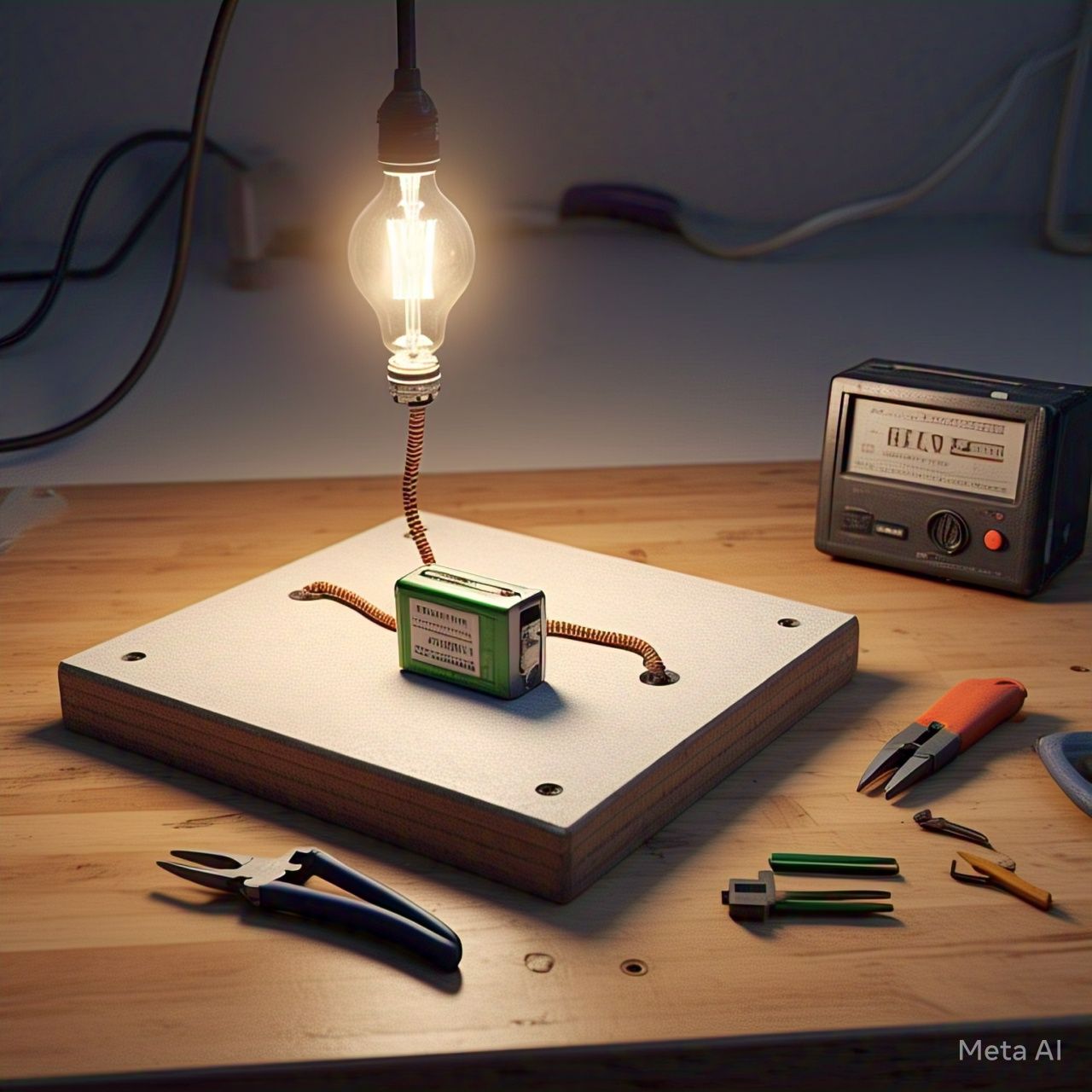📓 Electricity: Introduction to electricity, conductors, and insulators
Posted by Admin Last Updated on Saturday, 15 February 2025 Under Class - 5 ScienceIntroduction to Electricity
1. What is Electricity?: Electricity is a form of energy that is generated by the movement of charged particles, such as electrons.
2. Static Electricity: Static electricity is a buildup of electric charges on an object. This can happen when objects rub against each other.
3. Electric Current: Electric current is the flow of electrons through a conductor, such as a wire.
Conductors
1. What are Conductors?: Conductors are materials that allow electricity to flow through them.
2. Examples of Conductors: Copper, aluminum, iron, and water are all conductors.
3. Why are Conductors Important?: Conductors are used to carry electricity from one place to another.
Insulators
1. What are Insulators?: Insulators are materials that do not allow electricity to flow through them.
2. Examples of Insulators: Wood, plastic, glass, and rubber are all insulators.
3. Why are Insulators Important?: Insulators are used to protect people from electricity and to prevent electricity from flowing where it's not wanted.
Key Concepts
1. Electric Circuit: An electric circuit is a path through which electricity flows.
2. Switch: A switch is a device that can be used to turn electricity on or off.
3. Fuse: A fuse is a device that melts and breaks an electric circuit if too much electricity flows through it.
Examples and Applications
1. Household Appliances: Many household appliances, such as lights, refrigerators, and air conditioners, use electricity.
2. Transportation: Electric vehicles, such as cars and trains, use electricity to move.
3. Communication: Telephones and computers use electricity to transmit information.
Fun Activities
1. Build a Simple Electric Circuit: Use a battery, wires, and a light bulb to build a simple electric circuit.
2. Conductor or Insulator?: Test different materials to see if they are conductors or insulators.
3. Design an Electric Appliance: Design and build a simple electric appliance, such as a fan or a heater.

See Topics - Class - 5 - Science - Read in Hindi Download in Word
